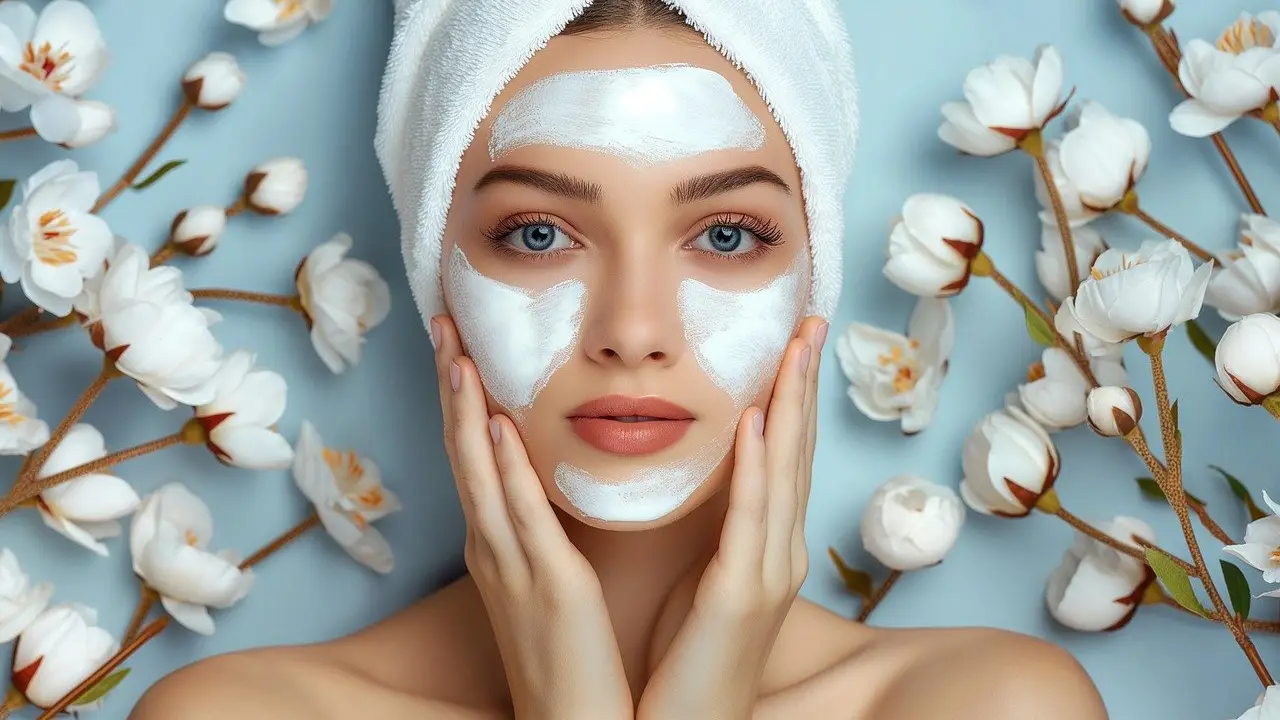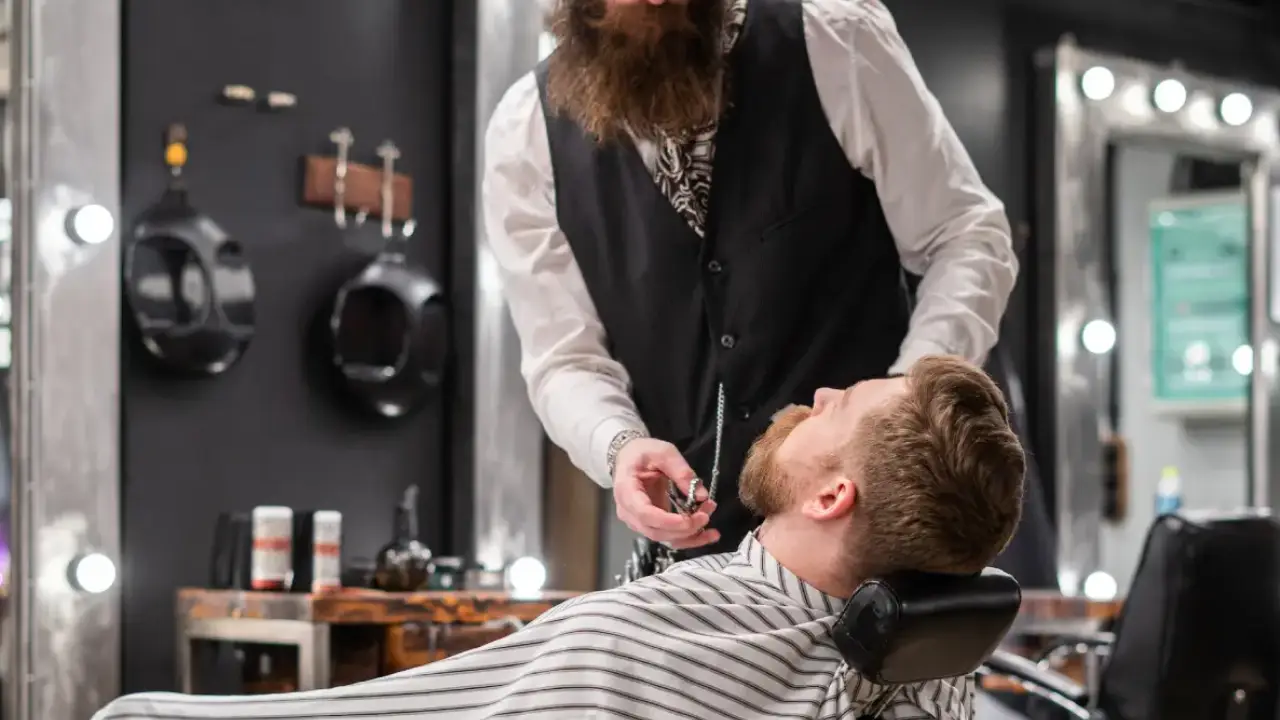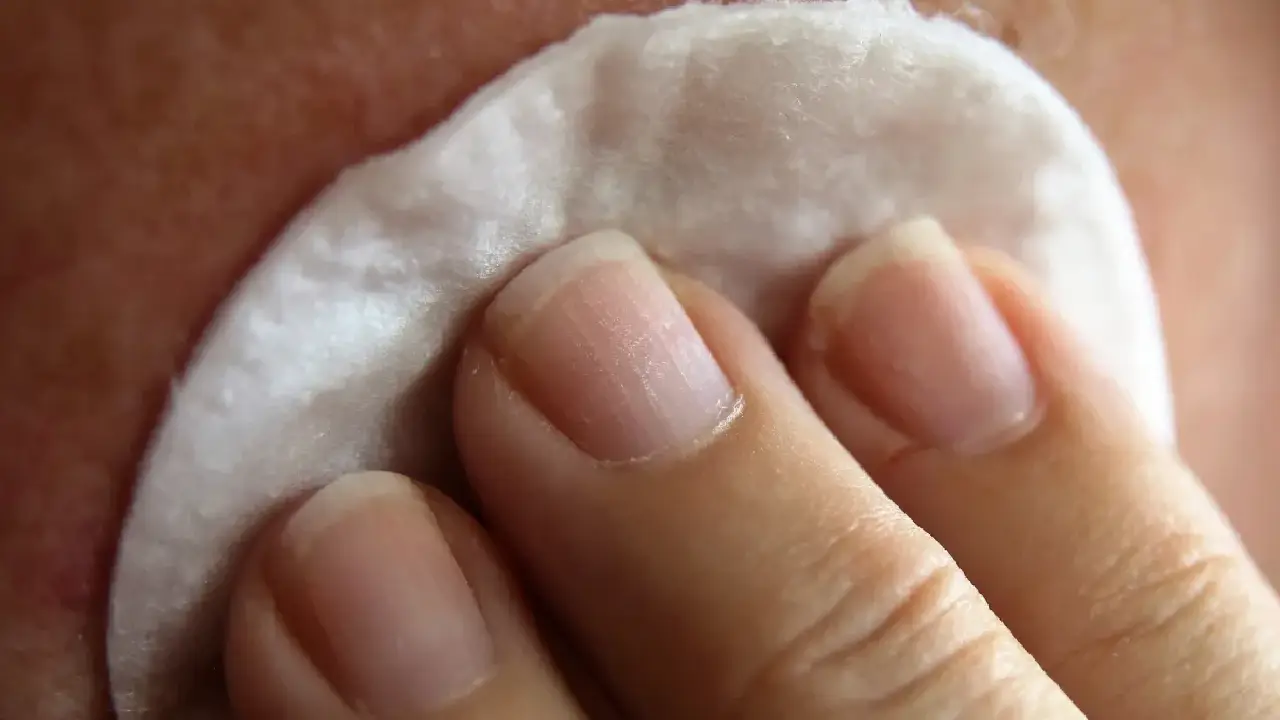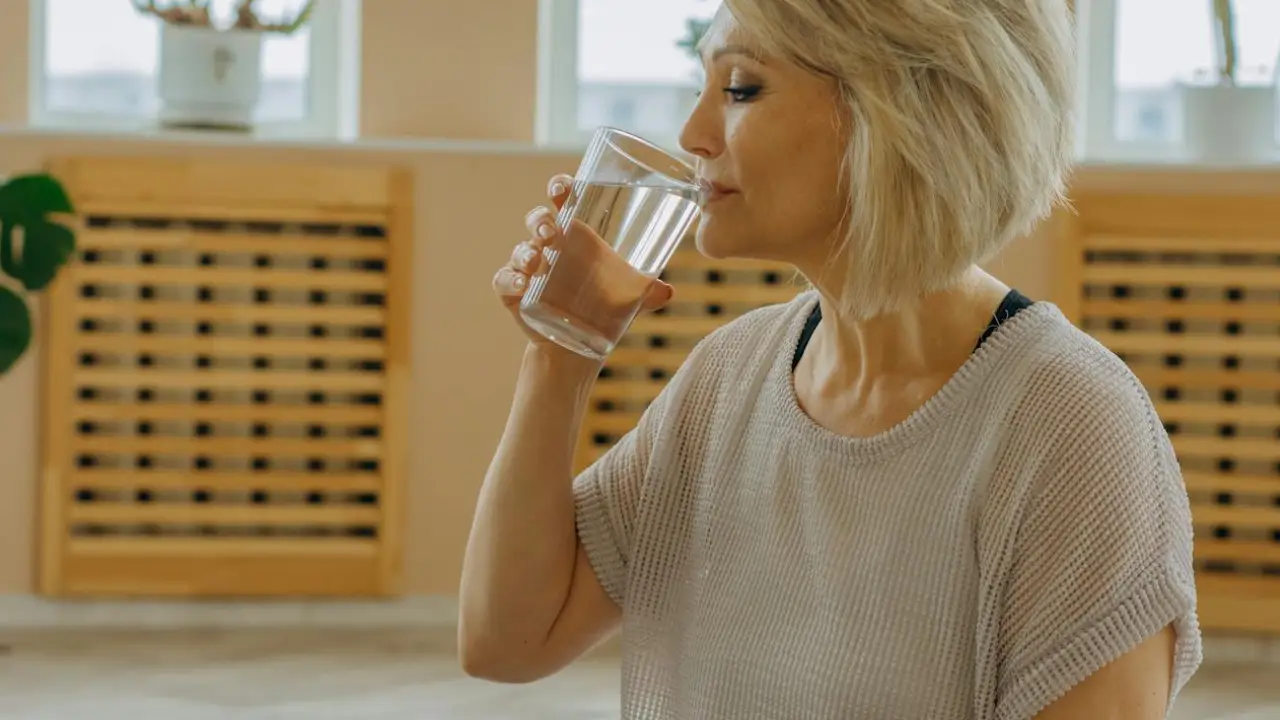Aging is an inevitable part of life, but looking older doesn’t have to be. With a few tweaks to your grooming skin grooming routine, you can maintain a youthful appearance and keep your skin healthy as you age. Whether you’re just beginning to notice the first signs of aging or are well into your golden years, these skin grooming routine tips will help you feel and look your best.
Understanding Aging Skin
As we age, our skin undergoes several changes. It becomes thinner, loses fat, and no longer looks as plump and smooth as it once did. Your skin might also become drier and less elastic, leading to fine lines and wrinkles. While this process is natural, certain habits and products can exacerbate these effects. Understanding your skin’s changing needs is the first step toward effective grooming.
Gentle Cleansing: Less is More
One of the most crucial aspects of grooming for aging skin is cleansing. However, as your skin ages, it becomes more sensitive and less able to tolerate harsh chemicals. Opt for a gentle cleanser that doesn’t strip your skin of its natural oils. Harsh soaps or face washes can leave your skin feeling tight and dry, which can accentuate wrinkles and fine lines.
Consider the experience of Rita, a woman in her 50s who noticed her skin becoming increasingly sensitive. She switched from a foaming cleanser to a cream-based one and immediately saw a difference. Her skin felt softer and her fine lines were less noticeable.
Hydration: The Foundation of Youthful Skin
Hydration is key to maintaining youthful-looking skin. As skin ages, it loses moisture more quickly, leading to dryness and a dull appearance. Incorporating a high-quality moisturizer into your daily skin grooming routine can make a significant difference.
Look for moisturizers with ingredients like hyaluronic acid, which helps retain moisture, and ceramides, which restore the skin’s natural barrier. These ingredients work together to keep your skin hydrated, plump, and more resilient against environmental stressors.
Real-Life Tip: John, who recently turned 60, found that applying a moisturizer twice a day, once in the morning and once before bed, kept his skin looking vibrant. He noticed that his skin appeared less dry and the lines around his eyes were less pronounced.
Sun Protection: Your Best Anti-Aging Tool
If there’s one thing you should never skip, it’s sunscreen. Sun damage is one of the leading causes of premature aging. Even on cloudy days or while indoors, UV rays can penetrate and damage the skin. Daily application of a broad-spectrum sunscreen with an SPF of at least 30 is non-negotiable.
This habit is especially important for aging skin, which is more vulnerable to sun damage. Using a sunscreen that also contains antioxidants can provide an added layer of protection, neutralizing the free radicals caused by UV exposure.
Mary, who spent years enjoying outdoor activities without sunscreen, began noticing sunspots and wrinkles in her late 40s. After her dermatologist emphasized the importance of daily sunscreen, Mary made it part of her skin grooming routine. Within a few months, she saw a reduction in the appearance of sunspots, and her skin tone became more even.
Exfoliation: A Gentle Approach
Exfoliation is essential for removing dead skin cells and promoting cell turnover. However, for aging skin, it’s important to choose the right type of exfoliant. Avoid abrasive scrubs that can cause micro-tears in the skin. Instead, opt for chemical exfoliants like alpha hydroxy acids (AHAs) or beta hydroxy acids (BHAs). These gentle acids help to smooth the skin’s surface and improve texture without causing irritation.
A twice-weekly exfoliation routine can help keep your skin looking fresh and radiant. Just be sure not to overdo it, as over-exfoliating can lead to sensitivity and dryness.
Nourishing the Skin: Serums and Oils
As your skin ages, it can benefit from targeted treatments like serums and oils. These products are packed with active ingredients that address specific concerns, such as fine lines, hyperpigmentation, and loss of elasticity.
Look for serums containing vitamin C, which brightens the skin and boosts collagen production, and retinol, which helps to smooth wrinkles and improve skin texture. Incorporating facial oils, like rosehip or argan oil, can also provide an extra layer of hydration and nourishment.
Diet and Hydration: Beauty from Within
Your skin grooming routine isn’t just about what you put on your skin; it also involves what you put into your body. A diet rich in antioxidants, vitamins, and minerals can do wonders for your skin’s health. Foods high in omega-3 fatty acids, like salmon and walnuts, help to keep your skin moisturized and supple.
Staying hydrated by drinking plenty of water is equally important. Water helps to flush out toxins and keeps your skin looking plump and fresh. Avoid excessive alcohol and caffeine, as these can dehydrate your skin and make it appear dull.
David, who struggled with dry, flaky skin, found that increasing his water intake and incorporating more omega-3-rich foods into his diet made his skin feel more hydrated and less irritated.
Facial Massage: Stimulate and Soothe
Facial massage is an often overlooked but powerful tool in your skin grooming routine. Regularly massaging your face can increase blood circulation, promote lymphatic drainage, and help your skin absorb products more effectively. You don’t need any special tools—just your hands and a good facial oil or moisturizer.
Incorporating a few minutes of facial massage into your daily routine can help to relax your facial muscles, reduce puffiness, and give your skin a healthy glow.
Sleep: The Ultimate Skin Repair
Never underestimate the power of a good night’s sleep. While you sleep, your skin goes into repair mode, regenerating cells and repairing damage. Aim for 7-9 hours of quality sleep each night to support your skin’s natural healing processes.
If you have trouble sleeping, consider establishing a bedtime skin grooming routine that promotes relaxation. This could include activities like reading, taking a warm bath, or practicing meditation.
Real-Life Tip: Sarah, a busy professional, found that her skin looked tired and dull after weeks of poor sleep. She started prioritizing her sleep by creating a calming bedtime routine, and within a few weeks, her skin looked brighter and more rested.
Stay Active: Exercise for Glowing Skin
Regular physical activity isn’t just good for your body—it’s also great for your skin. Exercise increases blood flow, which helps to nourish skin cells and keep them healthy. It also promotes the production of collagen, which can keep your skin looking firm and youthful.
Whether it’s walking, yoga, or a full workout session, finding ways to stay active can have a positive impact on your skin’s appearance.
Final Thoughts: Embrace Your Age with Confidence
Aging is a natural part of life, and with the right grooming habits, you can age gracefully while maintaining healthy, youthful-looking skin. The key is to understand your skin’s needs and adjust your skin grooming routine accordingly. By taking a holistic approach—focusing on skincare, diet, hydration, and lifestyle—you can look and feel your best at any age.
Have you tried any of these grooming tips? What has worked best for your aging skin? Share your thoughts and experiences in the comments below!





